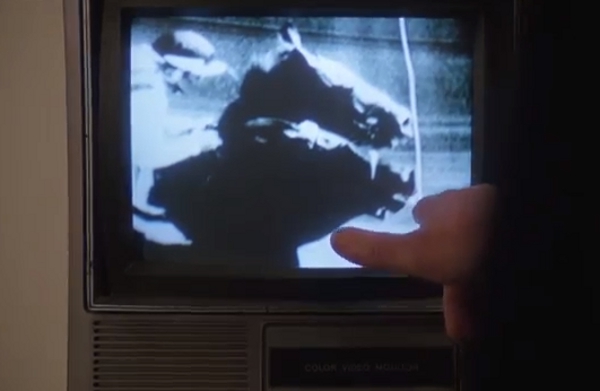Well, all displayed odds are necessarily approximate, as I said. Even though the tote displays 8 to 1, the true odds might well be 8.345 to 1. It’s a limitation of the tote board: there just isn’t enough room for all those decimal places.
Similarly with exactor and double probables. Yes, an A-B exactor might pay $24.20 if they come home in that order, but there’s not enough room to display that when the tote is showing probables. So the tote board just shows a whole dollar amount (e.g. $24) that’s close enough.
It’s the nature of the parimutuel system that things change, and they can change quickly. Look at the tote after the post parade and watch how much the numbers change, because that when most of the money goes on, and the odds are going to change. Heck, just last weekend, I liked a D-A exactor that had a probable payout of $50 at five minutes to post, and a probable payout of $30 at three minutes to post, and when D-A came home (which they did), I won all of $9.10.
Point is, that nobody has any certainty at the track. The only ones who can come anywhere near knowing close to what they will get if they win, are the win and exactor players, whose odds and probables, respectively, are displayed, although approximate. There is nothing similar for the Place, Show, Triactor, and Superfecta players; and for Pentafecta and Quinella players, if the track offers those wagers.
So why do people play them if there are no odds or probables displayed? Well, for Place and Show, they’re fairly safe bets, and if you’re new to racing, they are easy to understand. You don’t necessarily need to know the odds; all you need to know is if your horse finishes in the top two or three, depending on your bet, you win too. Likely not much, but you didn’t lose, because you’ll get your original wager along with your winnings.
Exotic players (triactors, etc.) aren’t too worried about odds, because if they win, it will often be a lot. Relatively speaking, of course, a ten-cent triactor wheel won’t pay a lot if it wins, but it will probably pay more than the $2.40 that the outlay cost. Not always, and I once laid out $6 on a box that netted me $4.60. But that’s the way it is.
I think that’s why we get so much information—past performances, bloodlines, win/loss records, money earned, etc.—because the best we can do is to make an educated guess that will minimize our chances of losing. You cannot do that on a crap table or on a roulette wheel. You know what you’re getting there. You don’t in racing, but you get a lot of information to make up for it, and you can come close.
